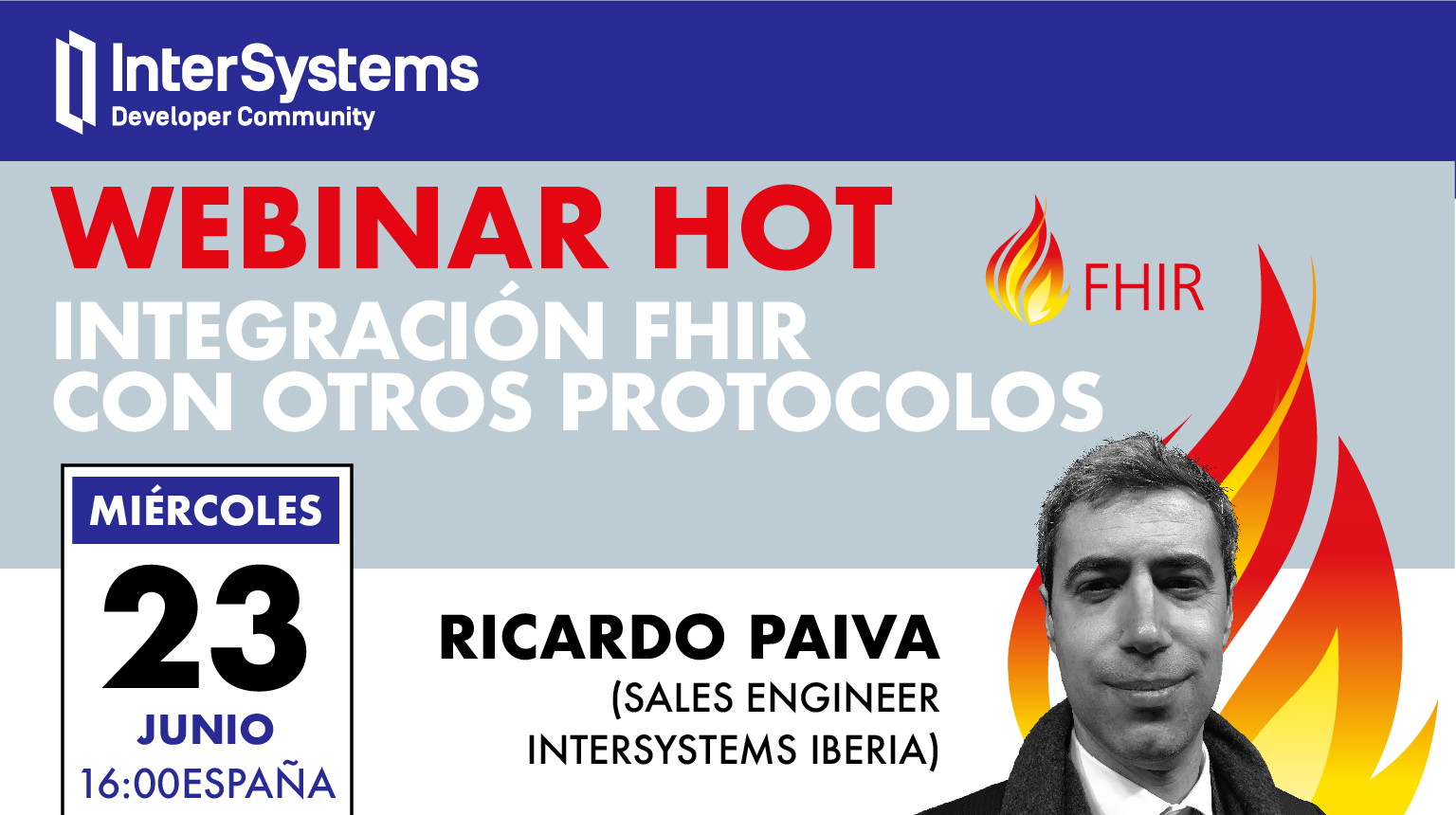Hello,
We have a simple BS that Extends Ens.BusinessService with an ADAPTER = "EnsLib.File.InboundAdapter";
The "incoming" folder has more than 4M files, so we get the following error:
ERREUR <Ens>ErrException: <STORE>zFileSetExecute+38 ^%Library.File.1
Is there any simple workaround this ?


